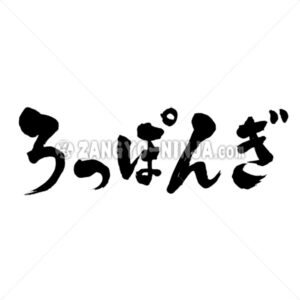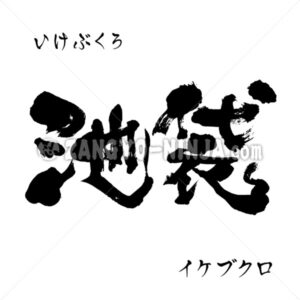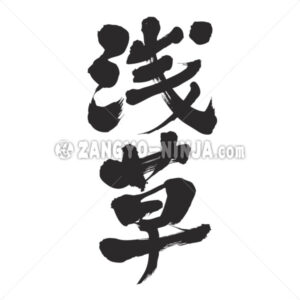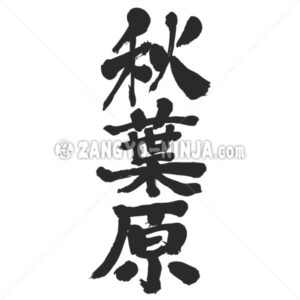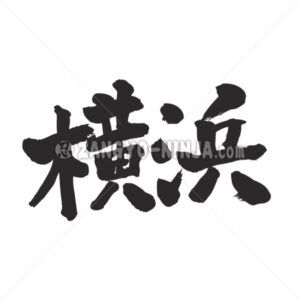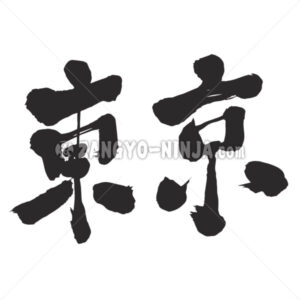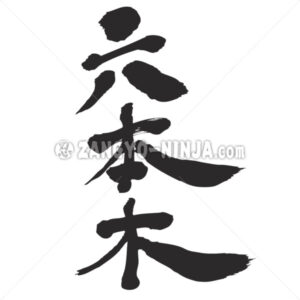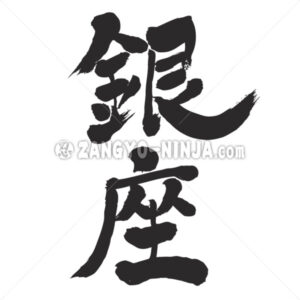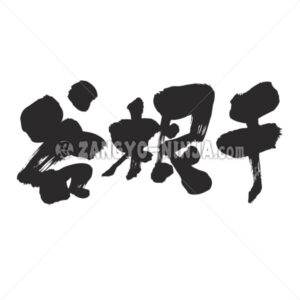
Description for Yanesen area The three neighbourhoods, Yanaka(谷中), Nezu(根津) and Sendagi(千駄木) are collectively called Yanesen. Yanesen refers to the Yanaka / Nezu / Sendagi area. Located in Bunkyo Ward and Taito Ward, near the center of Tokyo’s 23 wards, it is a part of the so-called “Yamanote”, but it still retains the atmosphere of … Read More
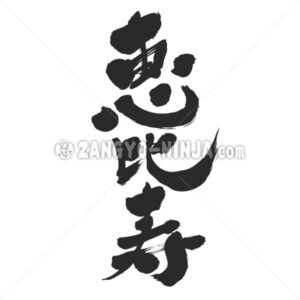
1. Ebisu is a famous place name in Tokyo Ebisu is a neighborhood in Shibuya, Tokyo, Japan. Conveniently near Roppongi and central Shibuya, Ebisu is easily accessed by the JR Yamanote and Hibiya lines via Ebisu Station. Together with the trendy neighboring communities of Daikanyama and Hiroo, it has boutiques, vintage stores and patisseries … Read More

Description for Azabu Juban town Azabu-Juban is a lively residential area in central Tokyo. With a mixture of Japanese shops, restaurants and bars. The convenience of several supermarkets central location and the proximity of Hiroo and Roppongi make it one of the more trendy and sought after residential areas of Tokyo. The main street, … Read More
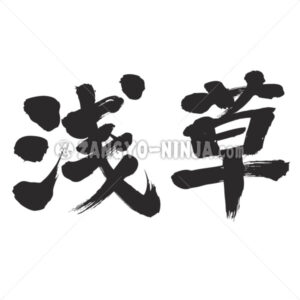
Description for Asakusa town Asakusa is a town centered around Senso-ji Temple, home to the Kaminarimon (Thunder Gate), and attracts many tourists from Japan and abroad. Located in central Tokyo, the area is popular for its convenient accessibility and traditional retro atmosphere. Characteristics of Asakusa It is popular as a place where history, tradition, … Read More

Description for Akihabara town Akihabara is an area name that refers to the area around JR Akihabara Station in Chiyoda-ku, Tokyo. It is known as one of the largest electric towns in Japan. History and etymology of Akihabara (Akiba) During the Edo period, it was the area where lower samurai lived. As it was … Read More

Description for Yokohama town Yokohama-shi is the capital city of Kanagawa Prefecture and the second largest city in Japan by population after Tokyo and most populous municipality of Japan. It lies on Tokyo Bay, south of Tokyo, in the Kant? region of the main island of Honshu. It is a major commercial hub of … Read More

Description for Harajuku area Harajuku is a district in Shibuya ward, Tokyo Prefecture. The general name of the area from Harajuku station to the Omotesando area. According to the current Japanese addressing system, the neighbourhood ‘Jingu-mae’ is included in this greater area.
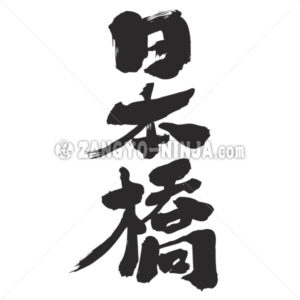
Description for Nihonbashi It was the business center of Edo. The area is flooded with people who support economic activities, such as merchants and craftsmen who dream of prosperity from all over Japan, and the infrastructure is in place. “Nihonbashi”, which exists as a symbol of this area, was built in 1603 by the … Read More


